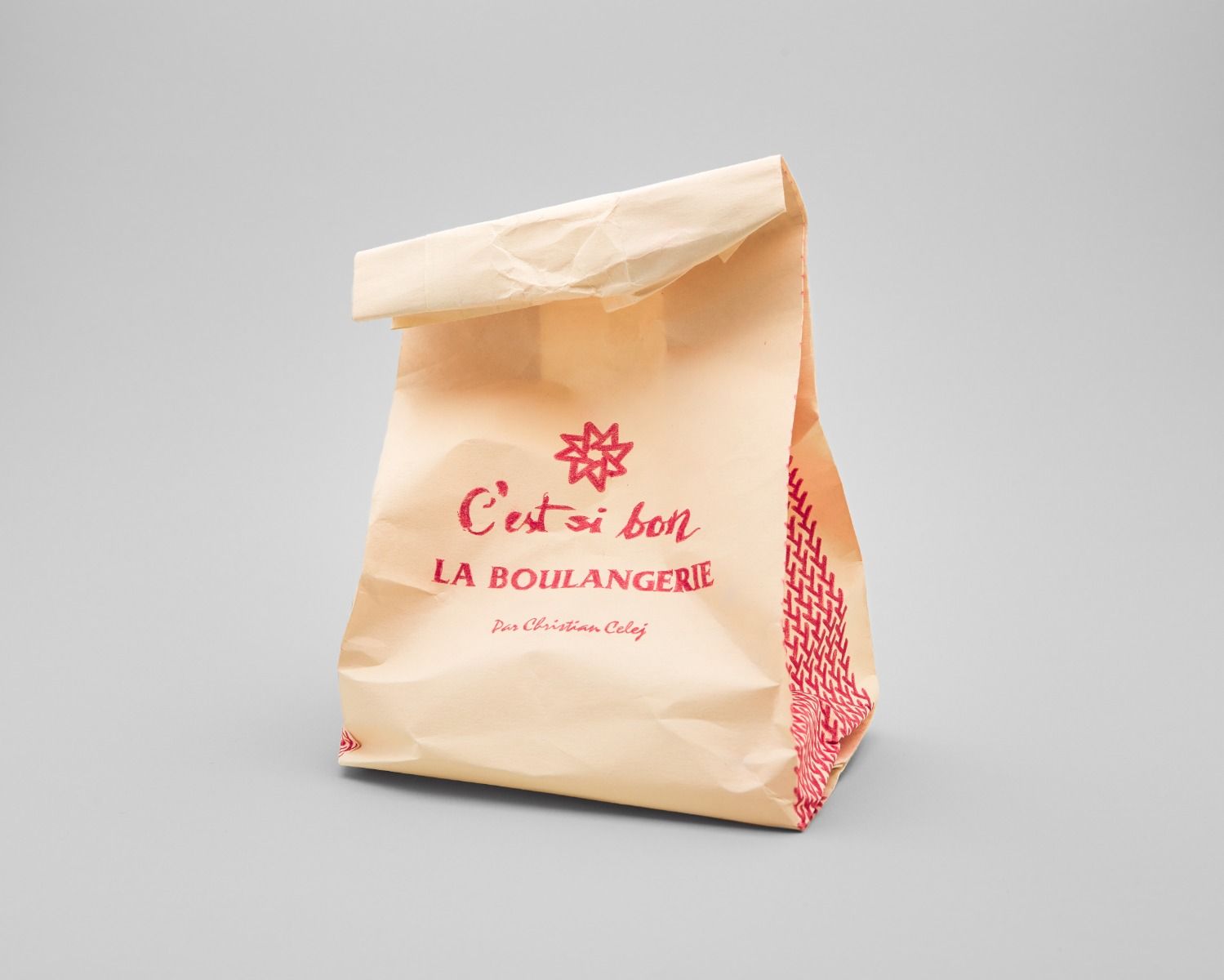

Alexandre Lavet
C'est si bon

No objet trouvé
Alexandre Lavet is known for his art of everyday objects. When he had to keep receipts for an exhibition in New York to claim his expenses, he found some of them so beautiful that he started copying them. He decided to copy more ordinary things from his daily life by hand: pages from books he read, bills, flyers and shopping bags. ‘I like to play with the boundary between everyday life and art’, says Lavet. The works of art seem readymades or objet trouvés like the famous urinal by Elsa von Freytag-Loringhoven and Marcel Duchamp, but are in fact works of art that have taken a lot of time and craftsmanship.
Baker in Brussels
This paper artwork is inspired by Alexandre Lavet’s favourite baker in Brussels: C’est si bon. ‘I was excited by the design of the bread bag: the colour and the pattern on the sides. I wanted to draw it straight away,’ says Alexandre Lavet. ‘The bread bag is completely constructed by the artist’, explains his gallery owner Jaring. ‘A lot of time went into finding the right type of paper to make the bag and the typical wrinkle of bakery paper as realistic as possible.’
Telling a story
In contemporary art you often see ‘Untitled’. Not with Alexandre. He finds a title important. They explain something about what he has made. Because Alexandre’s art is so everyday and simple, the titles are important to give the work meaning. In this specific case, Alexandre has taken the literal text. Or, is it really that literal?
Remnants
If you visit an exhibition with Alexandre’s work in a gallery, there is a good chance that you will be surprised when you enter. Alexandre makes art that does not really stand out. You could easily think that you have walked in at the wrong time. The space looks empty. Here and there, there is something lying on the floor, nails, plugs, a pile of fabric, loose pieces of paper and beer cans. All those small remnants and other small interventions that Alexandre makes in the exhibition space are his works of art.
Connection
One of Alexandre’s works of art was a remnant of the exhibition before him. He painted the spot where a painting had hung white. As a kind of imprint. Now it so happens that the exhibition before him was by Wieske Wester. Her work is also in the collection of the LAM.
Thinking
Alexandre invites the public to think about the hidden structures in an exhibition space. Alexandre wants us to look and observe. Something that we also encourage here at the LAM. Not to take our environment for granted. By turning something that is normally worthless, such as an empty can or a receipt, into art, you start to look around you differently. With Alexandre, everything can suddenly be art, even a tuft of fabric in the corner or a paperclip on the floor.
Viral
The LAM museum is known for its playful way of presenting. Works of art are not only displayed on the walls or on pedestals, but also in unexpected places. By presenting the works of art differently, this effect is increased. You are surprised time and again. In 2024, a lift mechanic accidentally threw away two works of art by Alexandre Lavet. The painted beer cans were in the lift shaft, and were mistaken for dirt by him. Very kind of him to clean them up for us! They were found just in time, unharmed in a bin bag. The story went viral, and from the BBC primetime news to a Japanese daily tv show, interviewed our employees about this adventure. Have you found the cans in the museum yet?
The artist
Alexandre Lavet was born in France in 1988. He studied at the École Supérieure d’art in Clermont-Ferrand in France. He mainly makes spatial works. Recurring themes in his work are the idea of emptiness, disappearance and the removal of things.
Which artwork are you? And which one would you like to be?



